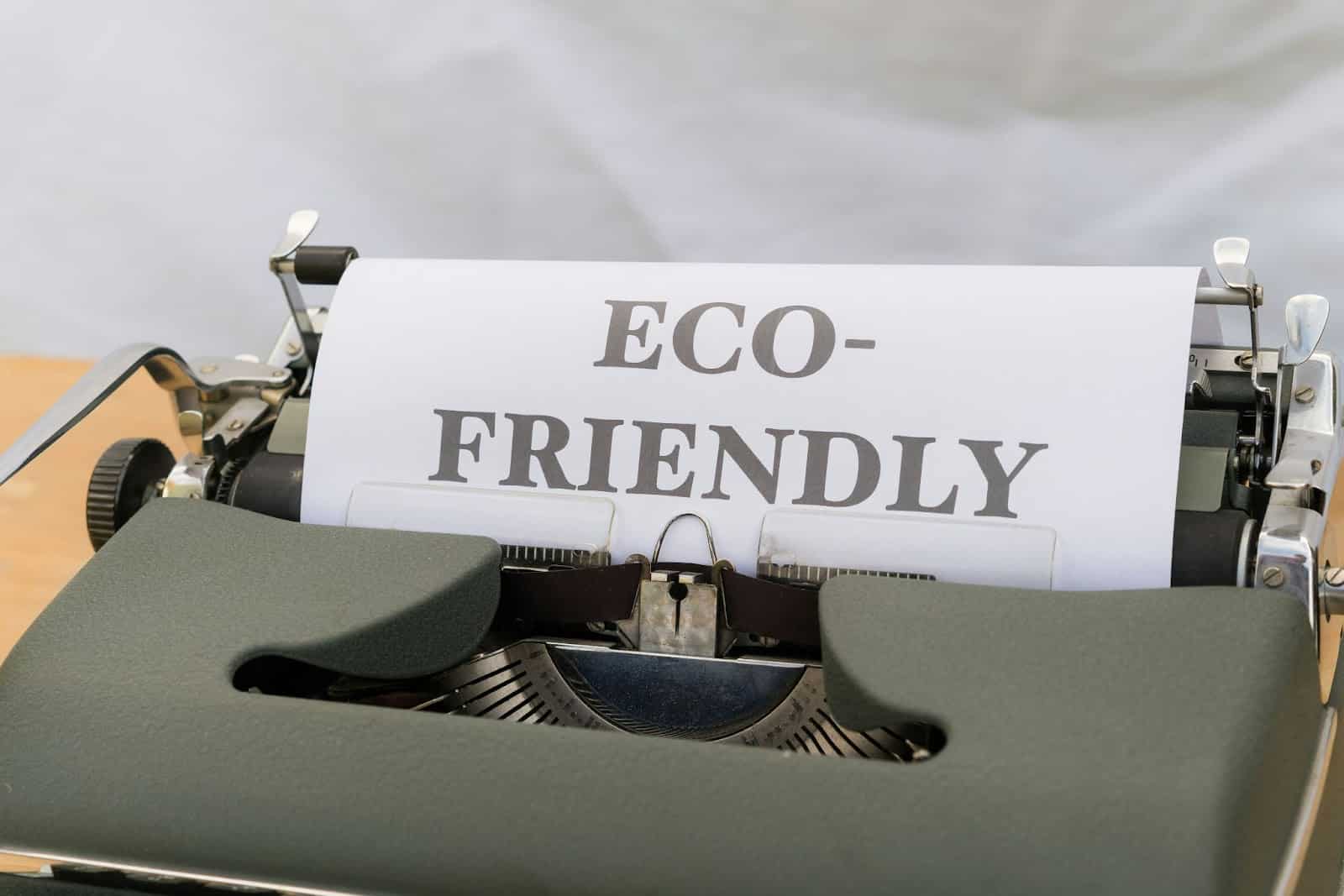Corporate gifting is more than just handing out freebies; it’s a strategic branding opportunity that can strengthen relationships and leave lasting impressions. However, many businesses struggle with a critical challenge: how to personalize gifts for recipients while maintaining a consistent brand identity.
The key lies in finding the perfect balance between customization and brand cohesion.
When done right, customized corporate gifts become powerful brand ambassadors that recipients actually want to use. When done poorly, they end up as forgettable items that dilute your carefully crafted brand message.
This guide will walk you through the essential strategies for creating personalized corporate gifts that honor your brand while delighting your recipients.
Understanding Brand Identity in Corporate Gifting
Your brand identity encompasses everything from your logo and color palette to your values and voice. It’s the unique personality that sets your business apart from competitors. Every touchpoint with clients, partners, and employees should reinforce this identity, and corporate gifts are no exception.
Before customizing any gift, revisit your brand guidelines. What are your core colors? What fonts represent your brand? What emotions do you want people to associate with your company? These foundational elements should guide every gifting decision you make.
Start with Your Brand’s Core Visual Elements

The most straightforward way to maintain brand identity is through consistent visual elements. When selecting premium corporate gifts, ensure your logo placement, color scheme, and typography align with your established brand standards. This doesn’t mean that plastering your logo on everything subtly often makes a stronger impact.
Consider how your brand colors can be incorporated into the gift itself, not just the printing. If your brand uses navy blue and gold, choosing items in these colors creates a cohesive look even before customization. This approach allows for personalization in other areas while maintaining visual brand consistency.
Quality printing methods matter significantly. Cheap screen printing that fades after a few washes will damage your brand reputation more than help it. Invest in high-quality printing techniques like UV printing, embossing, or laser engraving that reflect the premium nature of your brand.
Create a Flexible Brand Framework
The secret to successful customization is having a flexible brand framework rather than rigid rules. Develop a system that allows for personalization within defined parameters. For example, your logo might always appear in the same position, but the gift item itself can vary based on the recipient.
Think of your brand identity as a set of guardrails rather than a straitjacket. Within these boundaries, you have room to adapt gifts to different audiences, occasions, and individual preferences. This flexibility enables meaningful personalization without compromising brand recognition.
Personalize Beyond the Logo
Many companies make the mistake of thinking customization means adding a recipient’s name alongside the company logo. While personalization is valuable, true customization considers the recipient’s preferences, industry, and relationship with your brand. The goal is to create gifts that feel thoughtful, not transactional.
Consider customizing based on the recipient data you already have. If you’re gifting to a client who’s passionate about sustainability, choose eco-friendly products that align with both their values and your brand’s commitment to responsibility. This demonstrates attention to detail while staying true to your brand identity.
Department-specific gifts for employees can also work well. Your marketing team might receive branded notebooks with creative designs, while your tech team gets customized gadgets, all carrying the same brand elements but tailored to each group’s needs.
Choose Products That Align with Brand Values

Your gift selection should reflect your company’s values and positioning. A tech startup with a modern, innovative brand shouldn’t be giving out traditional leather-bound notebooks unless there’s a strategic reason. Similarly, a luxury brand should avoid budget items that contradict its premium positioning.
Select products that naturally complement your brand story. If sustainability is a core value, eco-friendly corporate gifts made from bamboo, recycled materials, or organic cotton reinforce this message. If innovation drives your brand, cutting-edge tech accessories or smart devices make sense.
The product itself becomes part of your brand communication. Every time the recipient uses that gift, they should be reminded of what your company stands for, not just what your logo looks like.
Master the Art of Subtle Branding
Sometimes less is more. Heavy-handed branding can make gifts feel like promotional items rather than thoughtful presents. Subtle branding techniques can maintain your identity while creating a more premium, desirable product that recipients actually want to use.
Consider tone-on-tone logos, minimalist embossing, or placing your brand mark in unexpected places like the inside of a bag or the bottom of a tumbler. These understated approaches often create more sophisticated, high-end gifts that align with premium brand positioning.
Packaging offers another opportunity for subtle branding. Custom boxes, tissue paper in brand colors, or branded ribbon can create a memorable unboxing experience without overwhelming the gift itself with logos.
Develop Gift Collections with Consistent Themes
Creating curated gift collections or kits helps maintain brand consistency across different customization options. Develop themed sets that share common design elements, color palettes, or materials while offering variety in specific items.
For example, a “Wellness Collection” might include a branded water bottle, yoga mat, and stress-relief toolkit, all featuring your logo in the same placement and style. Recipients can receive different items from the collection based on their preferences, but the overall brand presentation remains cohesive.
Collections also simplify decision-making for your team. Instead of starting from scratch with each gifting occasion, you have pre-approved options that maintain brand standards while offering customization flexibility.
Use Packaging as a Brand Amplifier

Never underestimate the power of packaging in maintaining brand identity. Custom packaging serves as a frame that ties together even diverse gift items under your brand umbrella. High-quality, branded packaging elevates the perceived value of any gift.
Invest in custom boxes, sleeves, or gift bags that feature your brand colors and design elements. Include branded tissue paper, stickers, or thank-you cards that reinforce your identity. The unboxing experience should feel distinctly “on-brand” from the moment the recipient sees the package.
Packaging also provides space for personalized messages without altering the gift item itself. A handwritten note on branded stationery adds a personal touch while the gift remains universally branded and consistent.
Establish Clear Gifting Guidelines
Document your corporate gifting standards in a clear, accessible guideline document. This ensures that everyone in your organization, from executives to HR teams, makes consistent choices when selecting and customizing gifts. Include approved products, logo variations, color specifications, and examples of good and poor customization.
These guidelines should be practical, not restrictive. Provide templates, vendor contacts, and approval processes that make it easy to create on-brand gifts. When gifting is systematized, customization becomes more manageable, and brand consistency improves dramatically.
Test and Gather Feedback
Before rolling out customized gifts company-wide, test them with a small group. Gather feedback on both the aesthetic appeal and practical utility of the gifts. Ask whether the items feel on-brand and if recipients would actually use them.
This testing phase helps identify potential issues before a significant investment. You might discover that your logo looks great on mockups but doesn’t translate well to the actual product, or that a particular customization method doesn’t hold up to regular use.
Continuous improvement based on recipient feedback ensures your corporate gifting program evolves while maintaining brand integrity. Track which gifts generate the most positive responses and build on those successes.
Balance Trends with Timelessness
It’s tempting to jump on every corporate gifting trend, but trend-chasing can dilute brand identity. Evaluate trends through the lens of your brand values and aesthetic. If a trending item aligns naturally with your brand, incorporate it. If it feels forced, skip it.
Classic, timeless gifts often provide better long-term brand reinforcement than trendy items. A high-quality branded notebook might seem boring compared to the latest tech gadget, but it offers years of brand exposure if it genuinely serves the recipient’s needs.
That said, staying relevant is important. Find ways to nod to current trends while maintaining your core brand elements. Perhaps you adopt sustainable materials (a lasting trend) but apply them in your signature brand style.
Measure the Impact
Track the effectiveness of your customized corporate gifts through various metrics. Monitor social media mentions, client feedback, employee satisfaction scores, and even sales correlations when possible. Understanding what works helps refine your approach over time.
Brand recognition should increase as a result of strategic corporate gifting. If recipients can’t recall who gave them a gift or what the company does, the customization missed the mark. Successful gifts create positive associations that reinforce brand identity long after the gifting moment.
Final Thoughts
Customizing corporate gifts without losing brand identity requires intentional strategy, clear guidelines, and thoughtful execution. The goal isn’t to create identical gifts for everyone; it’s to create varied, personalized gifts that all feel authentically connected to your brand.
By maintaining consistent visual elements, choosing products that align with brand values, and developing flexible frameworks for customization, you can create memorable gifts that strengthen both relationships and brand recognition.
Remember, every gift is an opportunity to reinforce who you are as a company while showing genuine appreciation for the recipient.
The most successful corporate gifting programs don’t choose between customization and brand identity; they master the art of doing both simultaneously.
